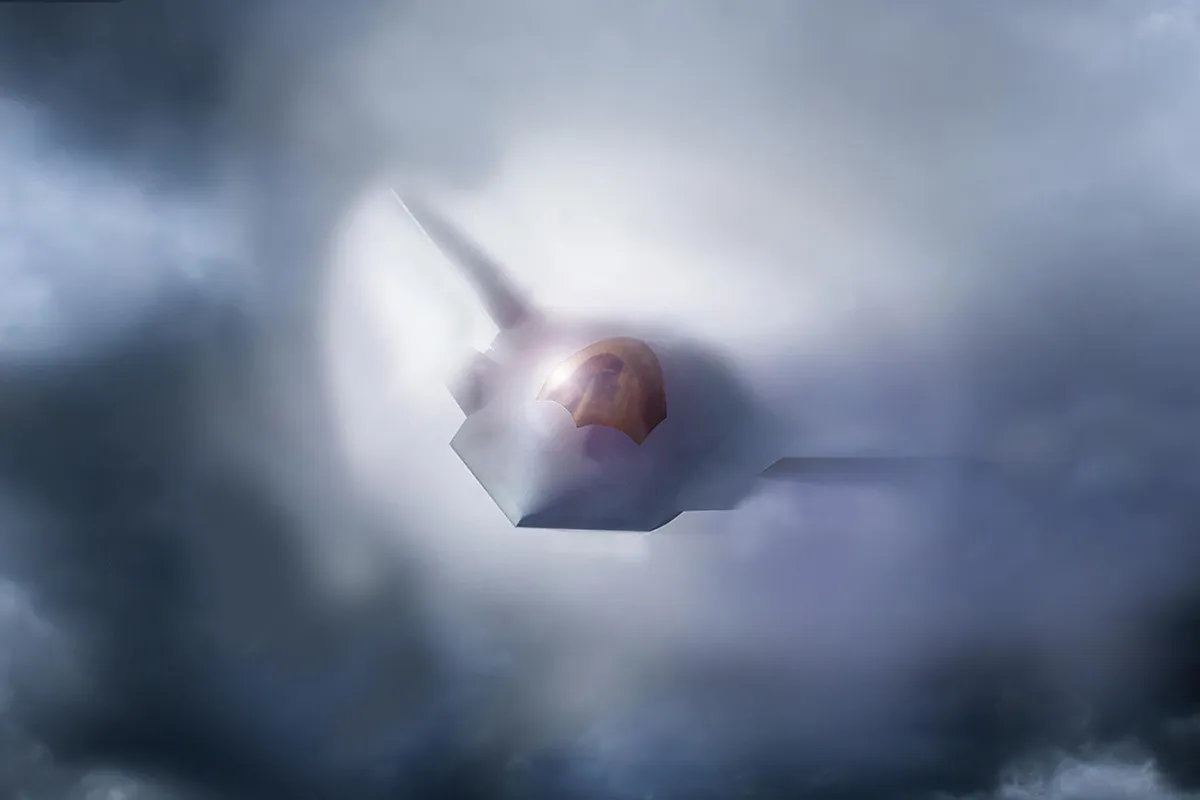On January 15, a “catastrophic eruption” of the Hunga Tonga-Hunga Ha’apai volcano occurred near the Kingdom of Tonga, destroying a newly created island that had been forming above the undersea feature. The eruption is a reminder of both the physical power of nature and the fragility of modern connectivity. Tonga is without reliable internet access because of damage to an undersea fiber optic cable that provides telecommunications to the country, and it is unclear how long that disruption will last. In Oceania, negotiations related to undersea cables have been a regular debate among Pacific island countries (PICs) and their larger neighbors, including Australia, China, Japan, New Zealand, and the U.S..
At the outset of the volcano’s eruptions, social media users began noting power and internet outages, but it was several days before the government officially responded. On January 18, the government announced that three people were “confirmed dead” and injury counts were still being evaluated. Part of the challenge has been disruption to the internet because of the damage to an undersea telecommunications cable. The New Zealand Herald noted on January 17 that “it now seems almost certain that the undersea eruption over the weekend did cause a break in the cable that connects Tonga to the outside world.”
Connectivity is a vital component of Oceania. Historically, connectivity occurred over water with exploration by traditional seafarers. The oral histories of Pacific voyages remain an important part of the region’s cultural narrative and modern theories of a transnational identity. Connectivity, though, has also had a disruptive history in the Pacific, with many islands being colonized and subsumed in battles over territory. Tonga has long been viewed as special because, despite limited control by the United Kingdom during the colonial era, it was able to maintain its constitutional hereditary monarchy.
In modern times, connectivity in the Pacific has occurred through tourism, trade, and telecommunications. Before 2020, tourism was a major sector for many PICs. However, the COVID-19 pandemic put a halt to travel out of fear that the disease would overwhelm relatively limited health care systems in many PICs. Tonga declared a state of emergency in March 2020 and closed its borders to foreign nationals in order to protect its population. Tongan officials made some accommodations in late January to allow aid into the country, but a nationwide lockdown has been re-instated after a port worker tested positive for COVID-19 on February 1.
Oceania is diverse in people and ecosystems. Outside the region, observers may only see “small states,” but Oceania is much more than a collection of individual islands. Connectivity has created a more expansive idea of what it means to be a Pacific Islander. Epeli Hau’ofa, a Tongan scholar that lived throughout the region, wrote about this growing consciousness in the 1990s. In Hau’ofa’s essay “The Ocean in Us,” he called for building a “regional identity that is anchored in our common inheritance of a very considerable portion of the Earth’s largest body of water: the Pacific Ocean.” For this reason, Hau’ofa encouraged the use of the term Oceania to express this broader identity-based connectivity.
That same sentiment has now grown into the “Blue Pacific identity,” which emerged from the Pacific Islands Forum’s (PIF) Framework for Pacific Regionalism. Former PIF secretary-general Dame Meg Taylor described the Blue Pacific identity as representing the “collective potential and shared stewardship of the Pacific Ocean,” noting that for the region to thrive, it must “take control of our domain [which] is critical to managing our ocean resources, biodiversity, ecosystems and data, as well as for fighting the impacts of climate change.” Natural disasters remind us of the fragility of ecosystems and of human-created systems, such as telecommunications networks.
Throughout the PICs, debates about telecommunications connectivity have been a key component of intraregional and external dialogue. In 2018, Australia agreed to fund the Coral Sea Cable System (see Figure 1), to connect Port Moresby in Papua New Guinea and Honiara in the Solomon Islands. In Micronesia, the East Micronesia Cable project (Figure 2) has been in negotiations for several years as part of the World Bank’s Federated States of Micronesia (FSM) Digital Connectivity Project. In 2020, the World Bank announced a $30 billion grant to “connect outer island to basic broadband services,” but the project became controversial because of bids from Huawei Marine Networks, an affiliate of China’s Huawei. Huawei Marine Networks has now been added to the U.S. Entity List , and in December 2021, Australia, Japan and the U.S. jointly announced that they would form a consortium to fund the cable project connecting FSM, Nauru and Kiribati to the existing HANTRU-1 cable, which already provides connectivity in the northern Pacific.


At this point, providing for the needs of Tongans and assessing the full extent of the natural disaster is the main focus of effort, but effectively providing aid requires connectivity. Both the COVID-19 pandemic and damage to the undersea cable make those tasks far more difficult. Digicel, a mobile service provider, has been able to set up limited satellite service through the University of the South Pacific in Fiji. Phone lines have been restored but, according to Reuters, full internet service may not be restored for more than a month. Countries across the region have pledged to provide aid but will need to adhere to COVID-19 mitigation efforts. PICs have a long history of resiliency, but this volcanic eruption reminds those outside the region that connectivity is fragile and that redundancy may be necessary for long-term resiliency.
The views expressed are those of the author and do not necessarily reflect those of CNA or any of its sponsors.



